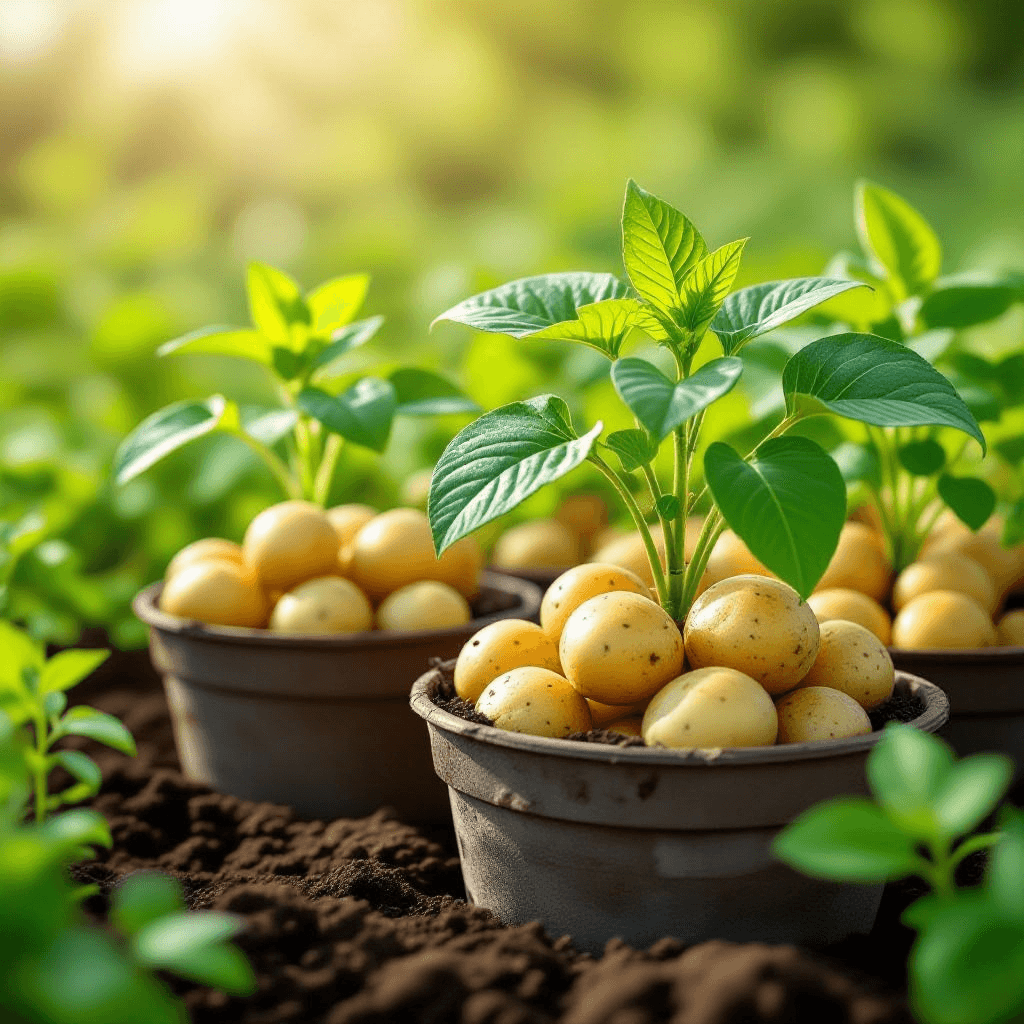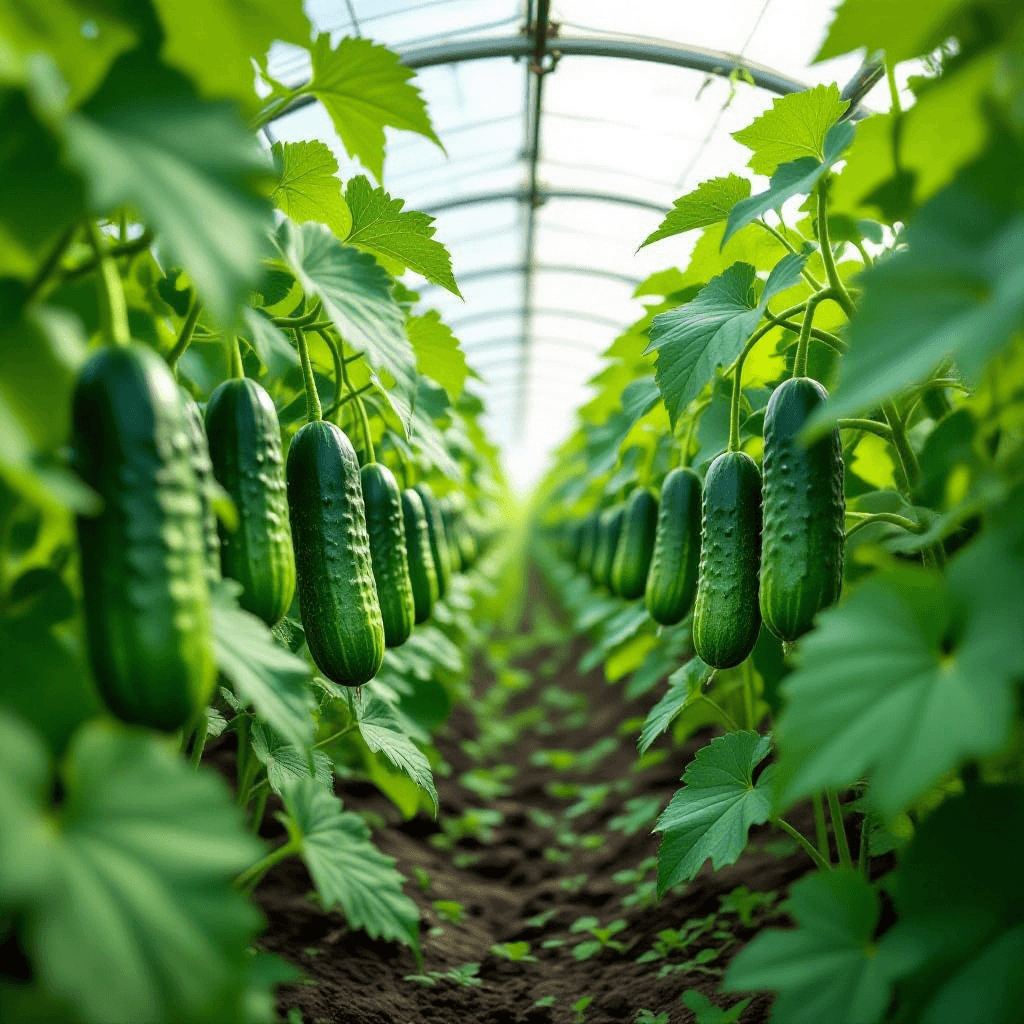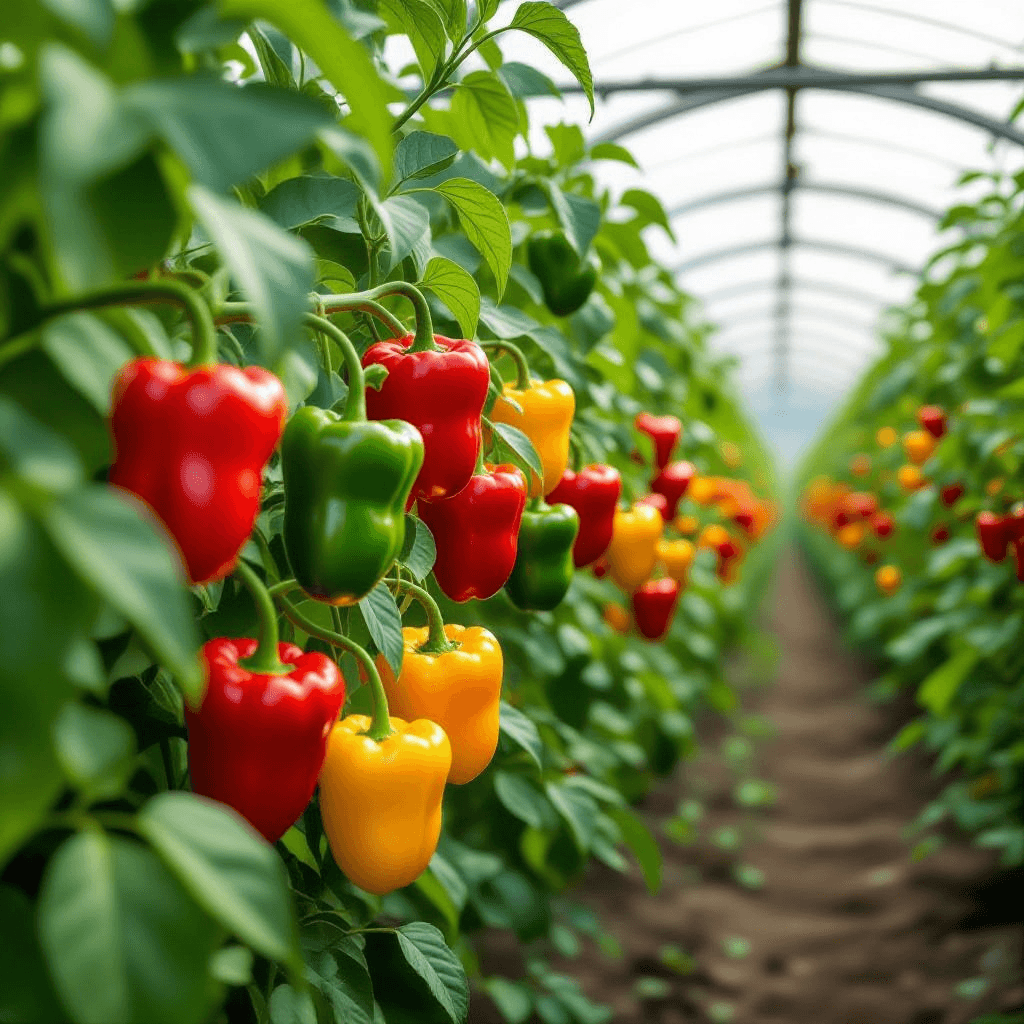Choosing the Right Container for Your Potatoes
When cultivating potatoes in a limited space, selecting the appropriate container is crucial for success. Various types of containers can be utilized for growing potatoes, including large pots, fabric bags, and specially designed potato towers. Each of these options presents unique benefits and should be considered based on individual gardening needs and constraints.
Large pots are one of the most popular choices for growing potatoes. They typically range in size from 5 to 15 gallons, providing ample room for root development. It is essential to select a pot with sufficient depth and width, as potatoes require significant space to produce tubers. Additionally, pots made from durable materials, such as ceramic or heavy-duty plastic, can withstand outdoor elements and provide consistent support to the growing plants.
Fabric bags are another excellent option, as they offer several advantages, including portability and excellent drainage. These breathable bags allow air circulation around the roots, which minimizes the risk of overwatering and root rot. When using fabric bags, it’s important to choose one that holds at least 5 gallons of soil to ensure your potatoes have enough room to grow.
Specially designed potato towers are increasingly popular among urban gardeners looking to maximize vertical space. These towers allow for stacking layers of soil and seed potatoes, enabling gardeners to produce more hits per square foot. Ensure that the tower provides adequate drainage and is made from materials that can withstand outdoor conditions over time.
Before planting, it’s vital to pre-treat containers to minimize the risk of diseases that may harm potato plants. Thoroughly clean any reused containers to eliminate pathogens, and consider using a disinfecting solution. Furthermore, ensuring that all chosen containers have drainage holes is essential, as proper airflow will promote healthy root systems and prevent waterlogging.
Selecting the Best Potato Varieties for Container Gardening
Growing potatoes in containers requires careful selection of suitable varieties to ensure a successful harvest. Some potato cultivars thrive particularly well in confined spaces, making them ideal for container gardening. Popular choices include fingerling potatoes, new potatoes, and early-maturing varieties.
Fingerling potatoes are an excellent option for container gardens due to their small size and unique shapes. This variety typically produces a moderate yield but is celebrated for its rich, nutty flavor. The elongated, slender tubers grow well in limited soil conditions, making them perfect for small containers.
New potatoes, which refer to immature, freshly harvested tubers, are also a favorable selection. They are usually harvested early in the season and are known for their creamy texture and delicate taste. Planting new potatoes in containers allows gardeners to enjoy a faster harvest, ideally suited for those looking for quick results. With their relatively shallow root systems, these potatoes can adapt well to various container sizes.
Early varieties, such as ‘Yukon Gold’ or ‘Red Chieftain’, are another smart choice for container gardening. These potatoes typically mature within 70 to 90 days, allowing gardeners to enjoy a bountiful harvest in a shorter period. Their adaptability makes them suitable for containers as they can flourish in both smaller and larger settings.
When sourcing seed potatoes, it is crucial to choose certified disease-free stock to minimize the risk of pests and diseases that could compromise your harvest. Local nurseries and reputable garden centers often provide certified seed potatoes. Alternatively, online suppliers can deliver quality options directly to your doorstep. By selecting the right varieties and ensuring the health of your seed potatoes, you will be well-equipped for a thriving container potato garden.
Planting and Caring for Container-Grown Potatoes
Growing potatoes in containers offers a highly effective method for individuals with limited gardening space. The key to a successful planting season begins with selecting the right time to plant. Potatoes are best planted in early spring when soil temperatures reach around 45°F to 55°F. This is usually a few weeks before the last expected frost. Additionally, selecting disease-resistant seed potatoes is crucial for the overall health of your crop.
Soil preparation is another fundamental step. Use a well-draining potting mix enriched with organic matter such as compost. The ideal soil mixture should be loose, allowing for adequate aeration to the potato roots. Avoid using garden soil directly as it may compact, restricting root development. When planting, it is recommended to place seed potatoes about 4 to 6 inches deep, with adequate spacing of approximately 12 inches between each potato to allow for optimal growth.
A unique aspect of growing potatoes in containers is the technique known as hilling. This method involves adding more soil or mulch around the base of the plants as they grow. Hilling not only encourages more tuber formation but also helps to prevent greening of the potatoes and enhances their overall yield. Regular watering is essential; potatoes require about an inch of water per week. However, care should be taken to avoid waterlogging the soil, which could lead to rot.
Throughout the growing season, attention to fertilization is vital. A balanced fertilizer applied every few weeks can support robust growth. Additionally, monitoring plants for signs of pests such as aphids or potato beetles is imperative. Employing organic pest management strategies, including insecticidal soaps, can mitigate these threats. It is important to watch for symptoms of common diseases, such as blight, and act swiftly to handle any outbreaks. By adhering to these practices, gardeners can ensure that their container-grown potatoes thrive, leading to a successful harvest.
Harvesting and Storing Your Container-Grown Potatoes
Harvesting container-grown potatoes at the right time is crucial for ensuring optimal flavor and texture. To determine when your potatoes are ready for harvest, observe the plants closely. Generally, when the foliage begins to yellow and die back, it is a sign that the tubers have matured. This usually occurs around two to three weeks after the flowering stage. However, different varieties may have slightly varying timelines, so it is advantageous to research specific types of potatoes you are growing.
Once you decide to harvest, it is essential to do so carefully to avoid damaging the tubers. Begin by gently loosening the soil around the base of the plant using a hand trowel or your hands. It is advisable to wear gardening gloves during this process to protect your hands. Once the soil is loose, lift the entire plant from the container, ensuring you do not break or bruise any of the tubers. Inspect the yield thoroughly; you will likely find varying sizes of potatoes that can be appreciated in different recipes.
After harvesting your potatoes, it is vital to clean them properly. Use a soft brush to remove any soil, being careful not to scratch their delicate skin. They should then be laid out in a cool, dark place with good air circulation for a few hours. This process, known as curing, helps to harden the skin and prolong the storage life. When storing potatoes, it is best to place them in a burlap sack or cardboard box to avoid moisture buildup. Keeping your container-grown potatoes in a cool, dark area, such as a cellar or basement, can further enhance their longevity.
Furthermore, as you finish your growing season, consider implementing seasonal crop rotation. This practice helps maintain soil health and reduces the risk of pests and diseases. By planning your next gardening cycle, you can ensure a successful and productive yield once you begin planting again in your containers.


